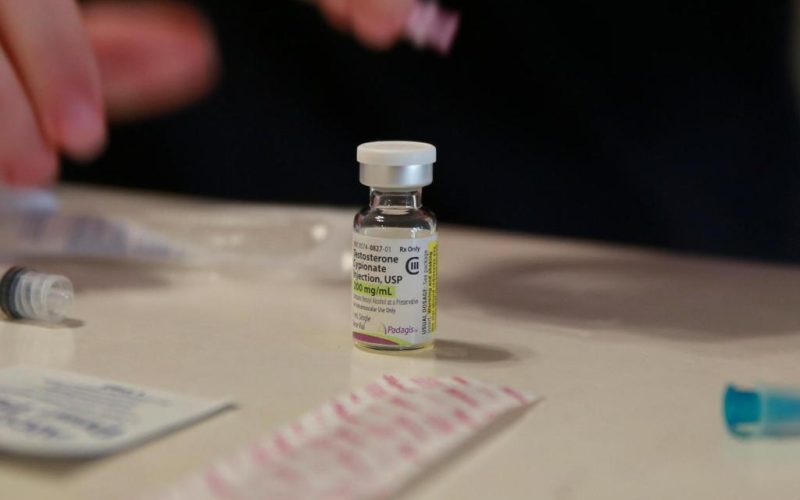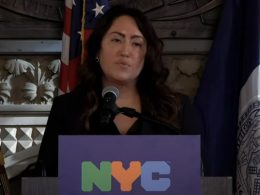By CARLA K. JOHNSON, AP Medical Writer
As U.S. lawmakers debate issues around health care for transgender youth, it’s been difficult to determine the number of young people receiving gender-affirming medications, leaving room for exaggerated and false claims.
Now, a medical journal has published the most reliable estimate yet and the numbers are low, reflecting more clearly on medical practices now being weighed by the U.S. Supreme Court.
Fewer than 1 in 1,000 U.S. adolescents with commercial insurance received gender-affirming medications — puberty blockers or hormones — during a recent five-year period, according to the study released Monday.
At least 26 states have adopted laws restricting or banning gender-affirming medical care for transgender minors, and most of those states face lawsuits. A decision by the Supreme Court in a Tennessee case is expected later this year. President-elect Donald Trump has promised to roll back protections for transgender people.
“We are not seeing inappropriate use of this sort of care,” said lead author Landon Hughes, a Harvard University public health researcher. “And it’s certainly not happening at the rate at which people often think it is.”
The researchers analyzed a large insurance claims database covering more than 5 million patients ages 8 to 17.
Only 926 adolescents with a gender-related diagnosis received puberty blockers from 2018 through 2022. During that time, 1,927 received hormones. The findings, published in JAMA Pediatrics, suggest that fewer than 0.1% of all youth in the database received these medications.
The researchers found that no patients under age 12 were prescribed hormones, an indication that doctors are appropriately cautious about when to start such treatments, Hughes said.
“I hope that our paper cools heads on this issue and ensures that the public is getting a true sense of the number of people who are accessing this care,” he said.
The database included insurance plans in all 50 states, but did not include youth covered by Medicaid, the federal-state health insurance program for low-income people.
The study did not look at surgeries among transgender adolescents. Other researchers have found those procedures are extremely rare among young people.
Not all transgender youth proceed with medical treatments, said Dr. Scott Leibowitz, co-lead author of the adolescent standards of care for the World Professional Association for Transgender Health, a leading transgender health group.
Transgender adolescents “come to understand their gender at different times and in different ways,” he said, noting that the best care should include experts in adolescent identity development who can work with families to help figure out what’s appropriate for each young person.
Leibowitz, who has worked in gender clinics in several U.S. cities, said the study “adds to the growing evidence base about best practices when serving transgender and gender diverse youth.”
The Associated Press Health and Science Department receives support from the Howard Hughes Medical Institute’s Science and Educational Media Group. The AP is solely responsible for all content.








